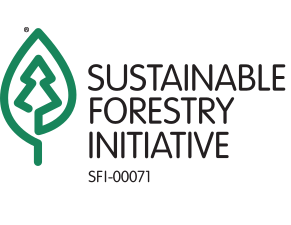Biomass
More than 500 million board feet of timber are sold and sustainably harvested each year from lands managed by the Washington State Department of Natural Resources. One byproduct of these timber harvests and other forest management practices is forest biomass, which includes the limbs and small pieces of wood (such as slash) left on a site after activities are complete. DNR will periodically sell the rights to harvest forest biomass from specific sites.
DNR initiates biomass sales when prospective purchasers show interest. Anyone interested in purchasing biomass from DNR should review upcoming and sold timber sales and let department staff know of their interest in the residuals from a timber harvest.
DNR will individually evaluate sites with interest. Not all harvest sites are feasible for biomass harvest – some do not have enough residual biomass to be viable, and some do not have appropriate access.
Biomass will either be sold through an auction, or as a direct sale, to the highest bidder. Typical biomass sales are up to 12 months and most are set up to allow removals during the dry summer months.
All forested DNR-managed lands are certified under the Sustainable Forestry Initiative®, and some are additionally certified by the Forest Stewardship Council.
|
Approximately 176,000 acres of DNR-managed forested state trust lands and natural areas within the South Puget Planning Unit are certified under the FSC® US
Forest Management Standard.
DNR's FSC certificate number is:
BV-FM / COC-080501 |
All DNR-managed forested state trust lands and natural areas across Washington State (approximately 2.4 million acres)
are certified under the SFI® 2015-2019 program Standard.
DNR's SFI certificate number is:
PwC-SFIFM-513 |
DNR’s Biomass includes:
DNR sells the right to harvest in specific areas and only estimations of wood biomass can be provided. The biomass is accumulated in large piles on the landings used to process the logs. The biomass is generally limbs and treetops left over after logs are processed. Limited amounts of chunks that could be used to make clean chips are generally available, but this also varies by site. DNR does not allow harvest areas to be re-harvested to bring additional biomass to the roadside.
DNR’s Biomass does not include:
Forest biomass marketed by DNR does not include wood from old growth forests, wood that is protected as habitat under the commitments of DNR’s 1997 State Trust Lands Habitat Conservation Plan, or any required to be left on site under the state forest practices rules. Biomass also does not include any wood treated with chemical preservatives.
Anyone who is interested in learning more about purchasing forest biomass from DNR should email mlcep@dnr.wa.gov.



